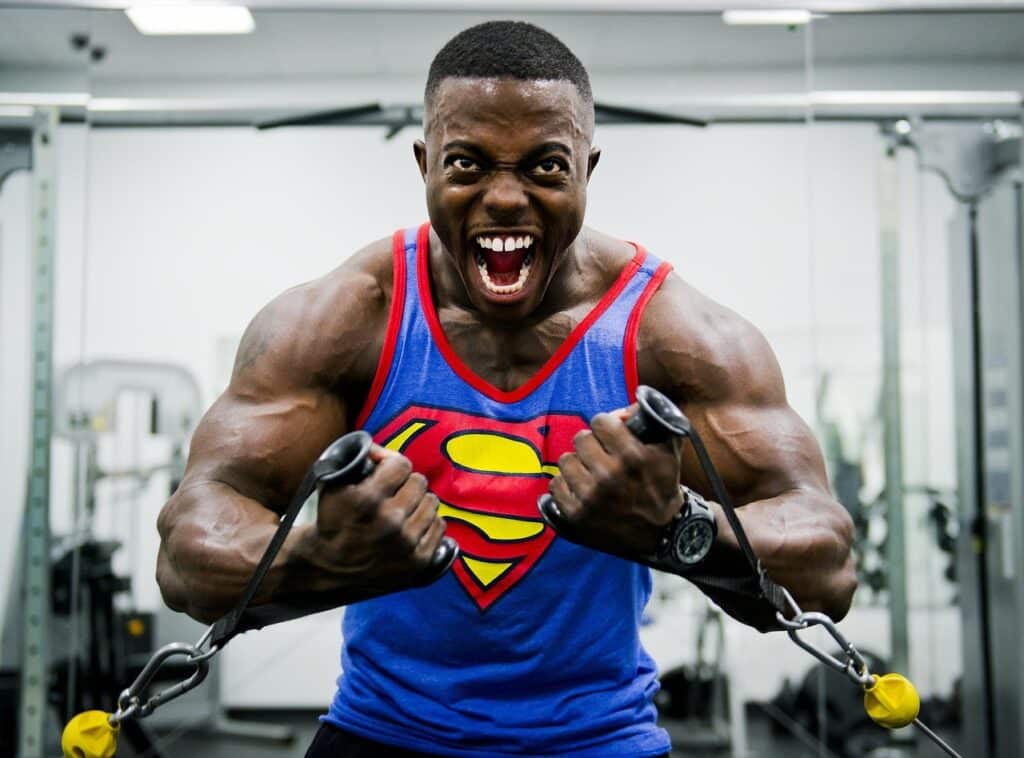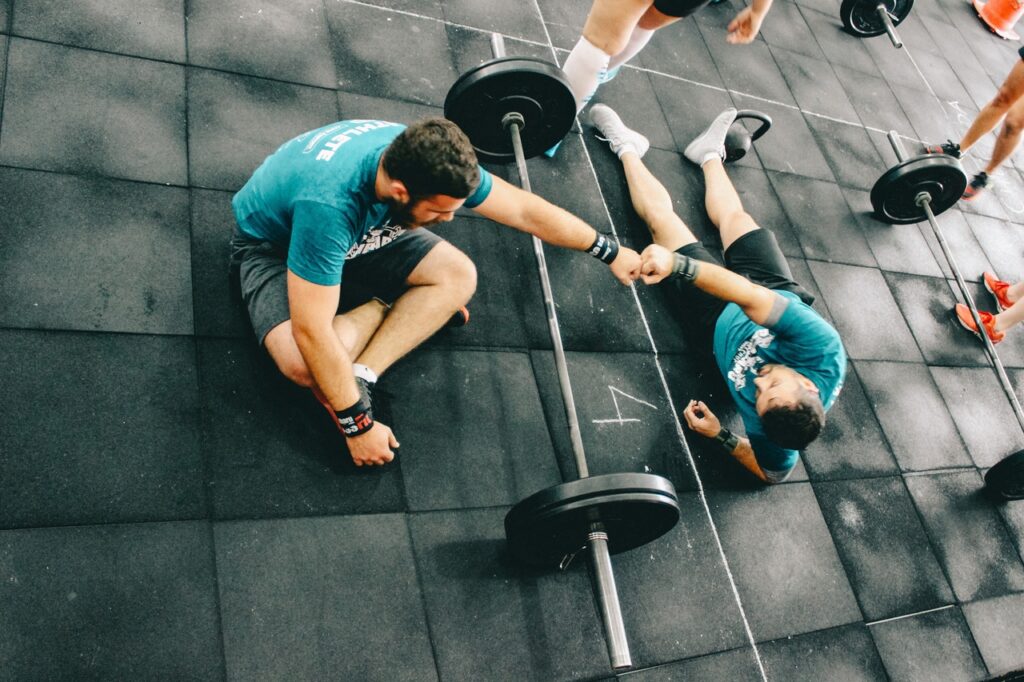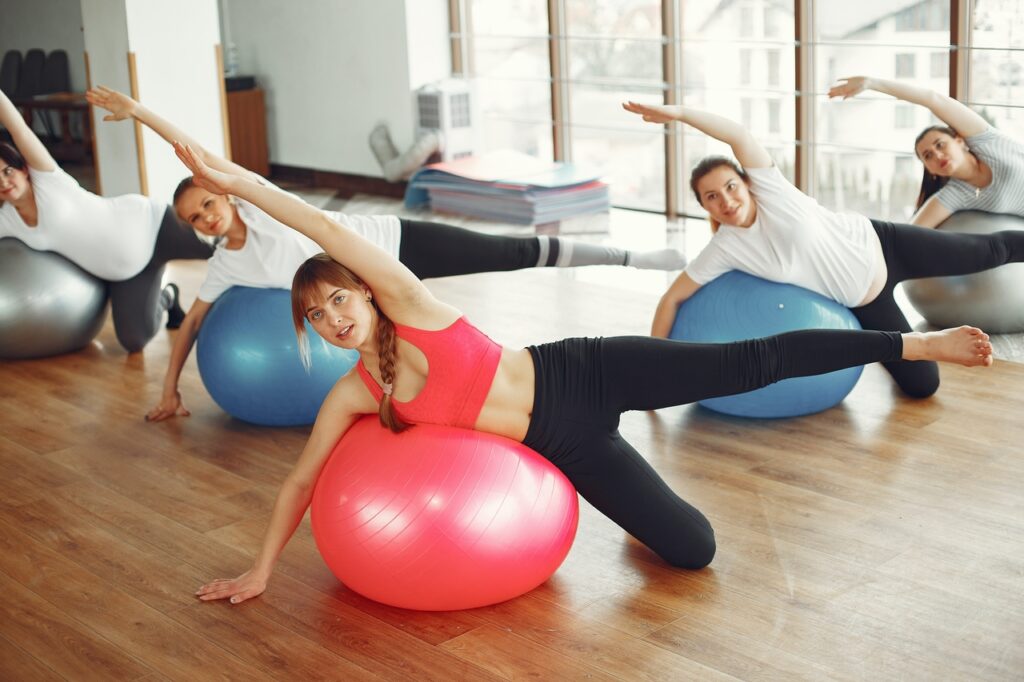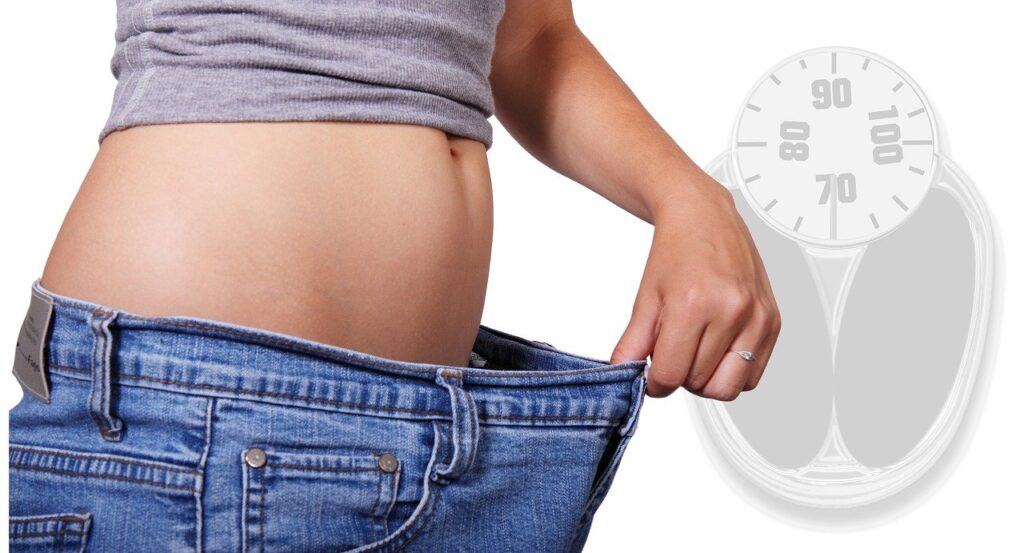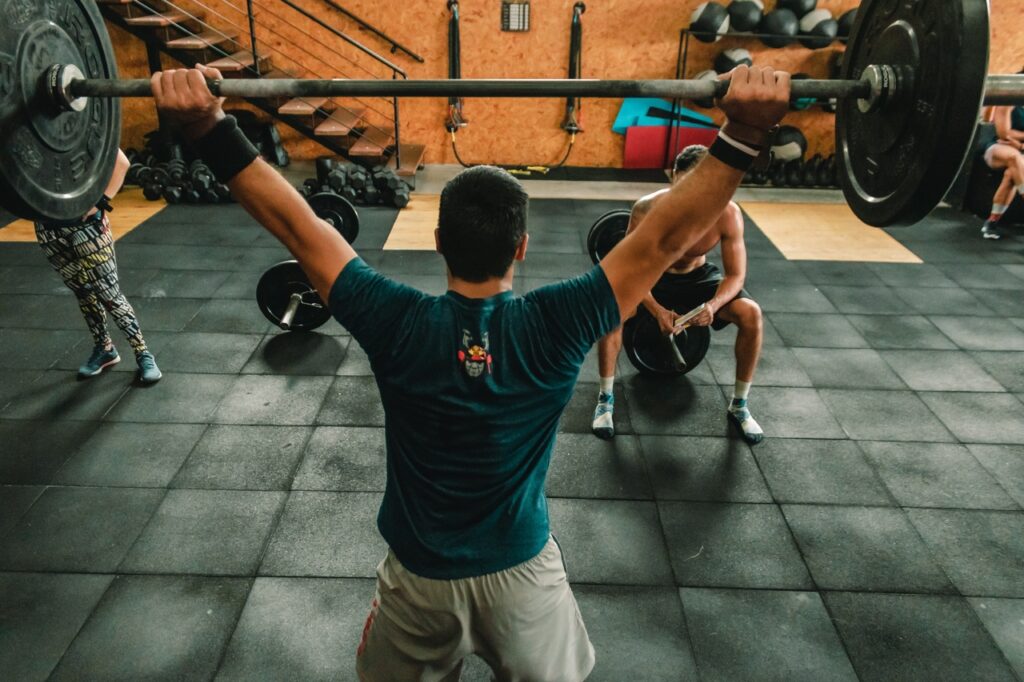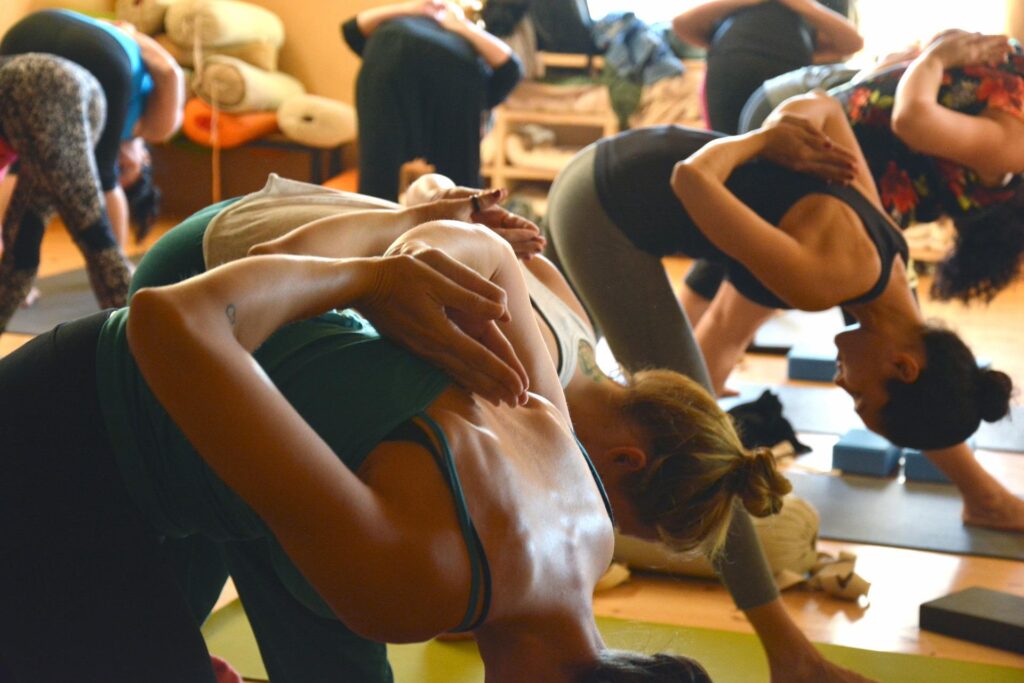When you step into a chest workout gym, your goal is to build strength, definition, and endurance in your chest muscles. A strong chest is more than just an aesthetic feature; it plays a crucial role in upper body movements, posture, and overall athletic performance. Whether you’re a beginner looking to establish a solid foundation or an experienced lifter aiming to refine your chest development, having the right workout structure is essential.
A chest workout gym provides access to specialized equipment, allowing you to target the chest muscles effectively. By incorporating a combination of compound and isolation exercises, you can maximize muscle engagement and ensure balanced development. However, achieving noticeable results requires more than just lifting weights—it involves understanding the anatomy of the chest, performing exercises with proper form, and following a structured plan that supports progression over time.
Many gym-goers make the mistake of focusing solely on the bench press, neglecting other essential movements that contribute to a well-rounded chest. A complete chest workout gym routine should include variations that target different areas of the chest, ensuring full development. In this guide, we’ll explore the best exercises, common mistakes to avoid, and effective strategies to help you achieve a stronger and more defined chest. Whether your goal is muscle mass, strength, or endurance, this article will provide the necessary tools to optimize your chest workout gym routine and take your training to the next level.
Understanding Chest Muscles for an Effective Workout
A successful chest workout gym session begins with understanding the muscles you’re working on. The chest is composed of two primary muscles: the pectoralis major and the pectoralis minor. The pectoralis major is the larger muscle responsible for pressing movements and is divided into three regions—the upper, middle, and lower chest. The pectoralis minor, located beneath the pectoralis major, plays a supportive role in shoulder movement and stability.
When training at a chest workout gym, it’s essential to target all areas of the chest for balanced development. The upper chest is best activated through incline movements, such as incline bench presses or incline dumbbell presses. The middle chest benefits from flat bench presses and push-ups, while decline exercises emphasize the lower chest. Understanding these distinctions allows you to structure your workouts more effectively and ensure comprehensive chest growth.
Additionally, secondary muscles like the triceps and shoulders contribute significantly to chest exercises. In a chest workout gym, these muscles assist in pressing movements, making it important to strengthen them alongside the chest. Neglecting supporting muscles can lead to muscle imbalances and limit overall progress.
Another factor to consider is the mind-muscle connection—the ability to actively engage the chest muscles during each rep. Many gym-goers unknowingly let their shoulders or triceps take over during pressing exercises. By consciously focusing on squeezing the chest and maintaining proper form, you can increase muscle activation and improve the effectiveness of your chest workout gym routine.
Best Chest Workout Gym for a Beginner
When designing a chest workout gym routine, selecting the right exercises is crucial. A combination of compound and isolation movements ensures that you effectively target all areas of the chest. Here are the best exercises to include in your workout plan:
1. Barbell Bench Press
The barbell bench press is the foundation of any chest workout gym routine. It engages the entire chest and allows you to lift heavier weights, promoting muscle growth and strength. Proper form is essential—keep your feet planted, lower the bar with control, and push up explosively while engaging your chest.
2. Incline Dumbbell Press
Incline movements are critical in any chest workout gym routine as they emphasize the upper chest. The incline dumbbell press allows for a greater range of motion and improved muscle activation. Adjusting the bench to a 30–45-degree angle ensures optimal upper chest engagement.
3. Decline Bench Press
Many gym-goers overlook the lower chest, but decline bench presses can enhance the overall shape and balance of your chest muscles. Performing this movement in a chest workout gym setting allows for controlled resistance and better muscle isolation.
4. Dumbbell Flys
Dumbbell flys are an excellent isolation exercise for stretching and contracting the chest muscles. In a chest workout gym, using dumbbells or a cable machine for flys helps enhance muscle definition and flexibility.
5. Cable Crossovers
Cable crossovers are a great finishing move for your chest workout gym session, providing continuous tension and deep muscle engagement. Adjusting the height of the pulleys allows you to target different areas of the chest effectively.
6. Push-Ups (Weighted or Variations)
Push-ups remain a fundamental part of any chest workout gym routine. Variations like weighted push-ups, diamond push-ups, and explosive push-ups can add diversity and challenge to your training.
Structuring Your Chest Workout for Maximum Gains
A structured chest workout gym plan ensures consistency and progression. Here’s a simple breakdown based on experience level:
- Beginners: Focus on mastering form and technique with moderate weights (3 exercises, 3 sets of 10-12 reps).
- Intermediate: Increase resistance and volume with more variety (4-5 exercises, 4 sets of 8-12 reps).
- Advanced: Utilize advanced techniques like drop sets, supersets, and progressive overload (5+ exercises, 4-5 sets of 6-12 reps).
To maximize results, prioritize progressive overload—gradually increasing weight or reps over time. A well-balanced chest workout gym plan should also allow for adequate recovery between sessions.
Common Mistakes to Avoid in Your Chest Workout Gym Routine
Even the best exercises won’t be effective if you’re making common mistakes. Here are a few things to avoid during your chest workout gym session:
❌ Lifting too heavy with poor form.
❌ Not using a full range of motion.
❌ Overtraining the chest and ignoring the back.
❌ Skipping warm-ups and mobility work.
Fixing these mistakes will help you get the most out of your chest workout gym experience.
Recovery and Nutrition for Chest Growth
To build a stronger chest, recovery and nutrition are just as important as training. A great chest workout gym routine should be complemented with:
- High-protein meals to support muscle growth.
- Adequate rest for muscle recovery.
- Stretching and mobility exercises to prevent injuries.
Final Thoughts
A well-planned chest workout gym routine can transform your upper body strength and aesthetics. By incorporating the right exercises, maintaining proper form, and following a structured approach, you can achieve impressive chest development. Consistency, proper nutrition, and adequate recovery are key to long-term success. Whether you’re a beginner or an experienced lifter, focusing on progressive overload and avoiding common mistakes will keep you on track. Ready to elevate your training? Visit EFM Glenelg, where expert trainers and top-tier facilities will help you reach your fitness goals!

